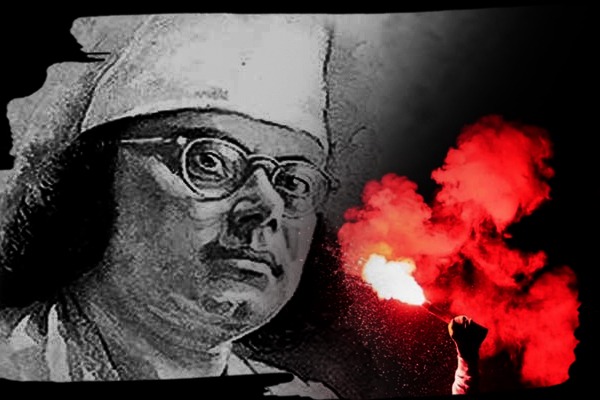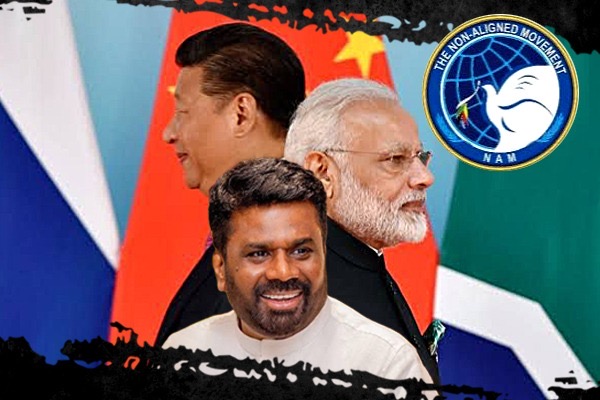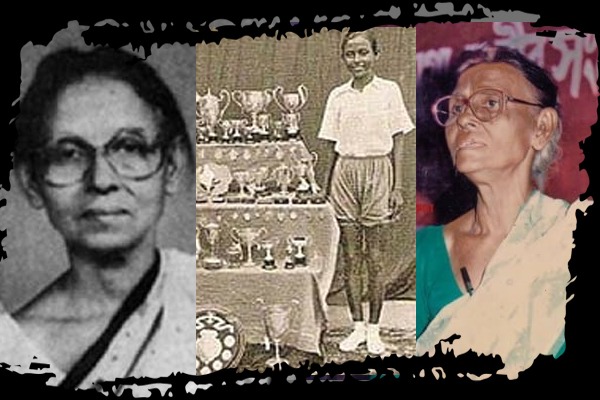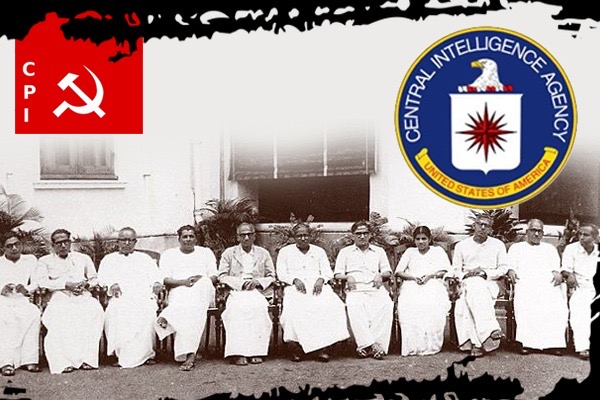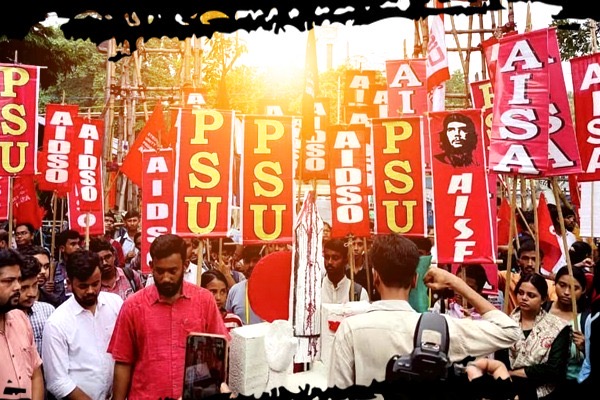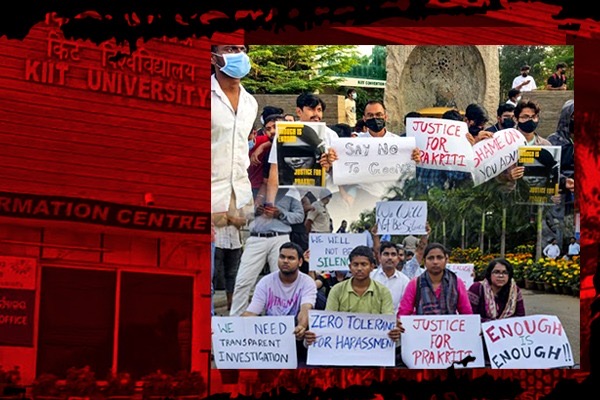With the armistice being signed between the Entente (the Allies) and the last remaining opponent from the Central Powers, Germany, in Compiegne in France, the First World War ended ‘on the eleventh hour of the eleventh day of the eleventh month.’ By then, however, the Great War, something which the world had never witnessed before, claimed around 17 million lives, that included both soldiers and civilians (even more than 2700 soldiers were killed on the last day of the War). The generation of 1880s and 1890s suffered the most, and would later be termed ‘Lost Generation’ – a manifestation of the fact that the soldiers who fought and survived never fully recovered from what they experienced in the battlefields.
While the Great War caused irreplaceable damage to humankind, and nothing could compensate the millions’ sufferings, the bloody conflict was about something more. The aftermath of the war saw far-reaching and wide-ranging economic, social, political, and cultural changes across the three continents directly involved and even those who were not. Two of these significant events that reshaped the post-WW1 world were the rise of communism and development of technology that in turn, influenced global communication.
India, at that time, was the most important source of manpower and raw materials for the British Imperial power, and thus incurred huge economic and human loss in the war. British betrayal at the end of the war regarding the promise of self-governance and 1919 events like passing of anti-Indian Rowlatt Act and the Jallianwala Bagh Massacre made situation more complicated. The beginning of 1920s witnessed a new surge in anti-colonial struggle with Mohandas Gandhi launching his Non-cooperation Movement on 4 September 1920.
Just a month after the launch of Non-cooperation Movement, an important attempt to form an Indian-led communist party was made in Tashkent, Soviet Turkestan, in the direct aftermath of the Second Communist International. All these events would go on to play a deeper role in shaping the Indian young minds in the upcoming decades.
Bengali literature also witnessed a phase of transition. Proses of Rabindranath Tagore (who received Nobel Prize just a year prior to the onset of the Great War, thus placing Bengali literature on the international map) and Pramatha Chowdhury and the brilliance of Sukumar Ray in mocking British colonial rule through his non-sense rhymes set the tone of experimentation. But it was the seminal poem ‘Bidrohi’ (Eng. ‘The Rebel’) by Kazi Nazrul Islam, publication of which in January 1922 eventually announced a new era almost overnight.
During the war, Nazrul (born on 24 May 1899 in Burdwan, Bengal) was stationed at Karachi Cantonment, as a sergeant (havildar in local term) in the 49th Bengal Regiment of the British Indian Army. He returned to Calcutta in March 1920 when his regiment was disbanded, and after staying three to four days at a boarding house at Ramkanta Bose Street in north Calcutta, he finally settled at 32, College Street, which was the office of the ‘Bangiya Mussalman Sahitya Samiti’ (Bengal Muslim Literary Society). Muzaffar Ahmad, an aspiring writer at that time and the future founder of the Communist Party of India, was his roommate. The two would develop strong friendship and soon start editing jointly an evening daily, ‘Nabayug’.
They both, however, left ‘Nabayug’ not long after. Later, their names would get associated with two more journals, one being ‘Langal’ (edited by Nazrul) and the other being ‘Ganabani’ (edited by Muzaffar) – both working as the mouthpiece of Workers and Peasants’ Party in Bengal. This party, also known as the ‘Kirti Kishan Party’ locally, was a short-lived (1925-1929) yet important front organization for the Communist Party of India that gained success in allying with major left elements in the Indian National Congress.
Nazrul did not complete his school education, but was a self-educated literary genius who read Bengali contemporaries like Rabindranath Tagore and Saratchandra Chattopadhyay alongside Persian poets like Hafiz, Omar Khayyam and Rumi. His deep observations of contemporary global political upheavals also shaped his mind. ‘Bidrohi’, written at a mere age of 23, thus turned out to be the epitome of cross-cultural interactions. Even one of his earliest works, ‘Byathar Daan’ (Eng. The Offerings of Pain), a short story written and published in 1919, featured this idea of internationalism.
So, it was not pretty unnatural of Muzaffar Ahmad to approach this man for a Bengali translation of ‘The International’ in 1926, was it?
The song was originally written in French by Paris Commune member Eugene Pottier in 1871 and later edited and tuned by Pierre de Geyter in 1887. Nazrul, an admirer of communism, wholeheartedly accepted his friend’s request. Muzaffar was in search of an authentic English version of the song. Unfortunately, he did not find the one British workers would sing, but instead found an American version in ‘Hell, a Verse Drama’ by Upton Sinclair, a muckraker writer and socialist activist. Left with no other option, he handed it over to Nazrul.
Nazrul, being a lyricist and singer at the same time, asked for a notation of the song, as it would make the translation more sound and authentic. But, as Muzaffar pointed out in his memoirs, Nazrul had to eventually translate the song without any available notation and he did it in just one sitting at the office of Workers and Peasants Party at 37, Harrison Road, Calcutta. It was published in the first issue of ‘Ganabani’ (April 1926), and later included in two of his collections of poems, ‘Phani Manasa’ and ‘Sanchita’.
Nazrul named his version ‘Antar-National’. ‘Antar’, which sounds similar to ‘inter’, means ‘mind’ (or ‘heart’) in Bengali, and use of this term might be intentional, because the Bengali term for ‘international’ is ‘aantarjatik’. From that point of view, the use of a word that means ‘mind’ may be attributed to the sense of collectiveness the song offers.
Once the translation was complete, the poet again asked if they could manage to find a notation. On this note, I can quote Muzaffar Ahmad: “When Saumyendranath Tagore traveled to Moscow in 1927, I wrote a letter to him for a printed notation. He was in Moscow, and thus could easily send that. But, he sent another Bengali version, translated by himself. That one was also published in Ganabani. But, Nazrul didn’t get his chance to compose music for his own version. In 1929, Philip Spratt (a British communist sent by the Comintern to spread communism in India, who was subsequently imprisoned in the Meerut Conspiracy Case) promised me that he would compose the music (Phillip Spratt was a musician), but we were soon put behind the bars for many years.”
Speaking of the quality, Muzaffar Ahmad commented, “Not only is it the best Bengali translation of the song but also the most accomplished one when compared to other languages. I have seen the translation by noted singer Harindra Chattopadhyay – it is filled with a lot of fabricated words. Nazrul did not do this.”
Mohit Banerjee, a prominent member of Marxist cultural movement in Bengal and a contemporary of Jyoti Basu and Bhupesh Gupta, also translated this song, that too, with original score. His version gradually became the anthem of the party in post-partition West Bengal, and is now highly popular among mass song lovers. While Nazrul and Saumyendranath were more classical in their approach, Mohit’s version appear more fluid and easy to comprehend, at least for today’s generation.
Nonetheless, Kazi Nazrul Islam, whose name sits next to Rabindranath Tagore when it comes to Bengali songs, not getting the fair chance to compose music for his own version is undoubtedly a loss – not for him, but for us.

